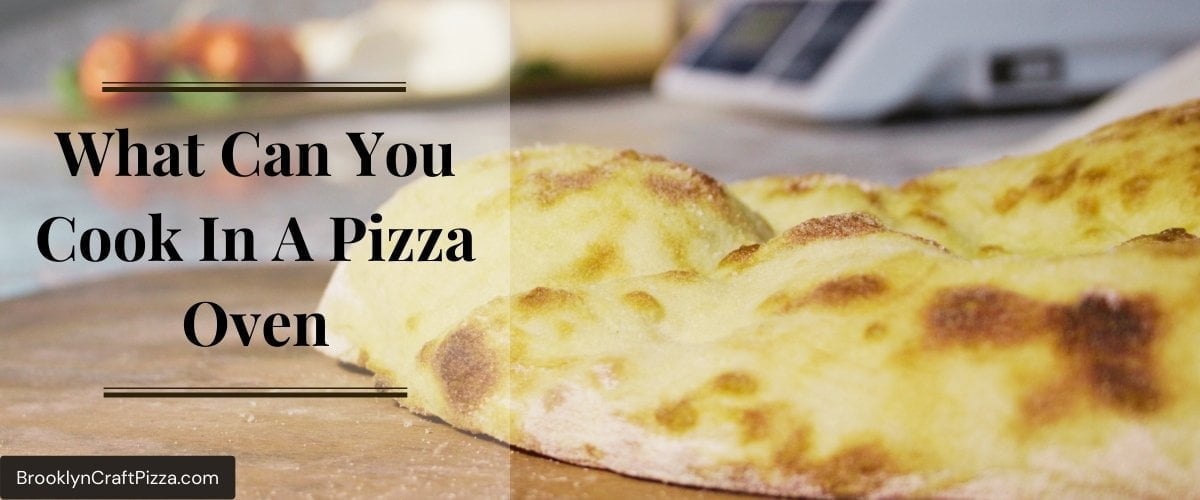Are you a fan of homemade pizza, or are you new to the craft and wondering what the best flour for pizza dough is? Ideally, the meal is easy to prepare and does not require plenty of ingredients or skill to get done.
However, having the right flour also helps you achieve your desired pizza crust, and in this article, we will discuss the best options to give you a perfect crust and an easy kneading time. So, let's get to the article.
Why Flour Type Matters in Achieving the Best Pizza Dough
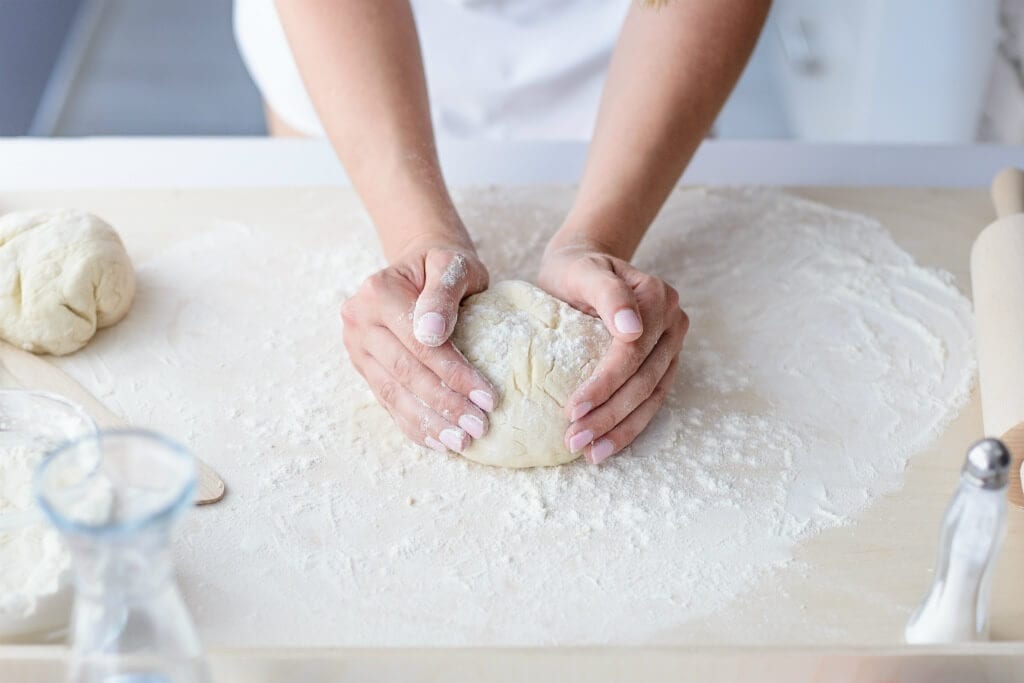
Image Credits: alfafomi.com
Anyone can handle making delicious homemade pizza, but it takes practice to know specific flour types that make different pizza crusts. Pizza is a simple yeast bread to make since its dough consists of a few ingredients, such as water, yeast, salt, flour, and olive oil. However, flour is the main ingredient that will determine the outcome of your pizza.
The best flour for pizza should be subjective. But once you know the effect of using different flour in pizza making, you will be able to make the perfect homemade pizza dough.
Why Gluten Content Matters While Choosing the Best Pizza Flour
Gluten content affects the textures of different flour types. For instance, most cake flours are very soft, while whole wheat flours are coarse. This is because cake flour has a low gluten content of 8-10%, while bread flour has a high gluten content of 12-14%.
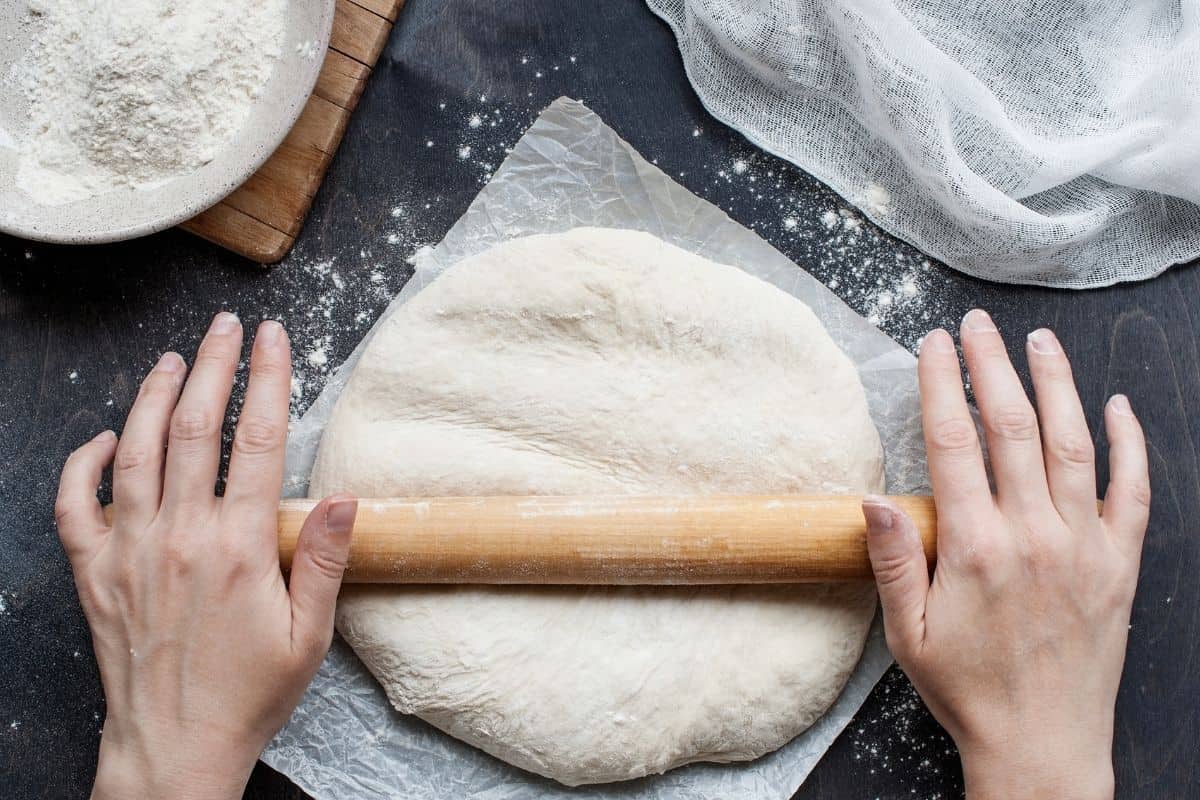
Image Credits: pizzacompanion.com
However, the all-purpose flour combines hard and soft flour and thus contains 10-12% of gluten. Gluten is a protein type that contributes to dough elasticity when you combine flour with water. In addition, it is responsible for giving the dough a chewy, springy nature, so the more gluten content a flour has, the chewy the crust will be.
Using flour with less gluten makes you more likely to achieve a thin-crust pizza. However, pizza crusts can be delicious, depending on your goal. Let us look into the best flour types for different types of pizza crust.
Flour Types That Give You Different Pizza Crusts
1. Use All-Purpose Flour to Achieve a Crispy Pizza Crust

Image Credits: Pinterest.com
All-purpose flour contains 9-11% gluten content. This percentage falls in the middle of all flour types, making it the best flour for homemade pizza dough and other pastries.
The only risk of using all-purpose flour is it can tear if you are not careful. The result is a more crispy and slightly chewy pizza crust.
2. Use Bread Flour for a Chewy Pizza Crust
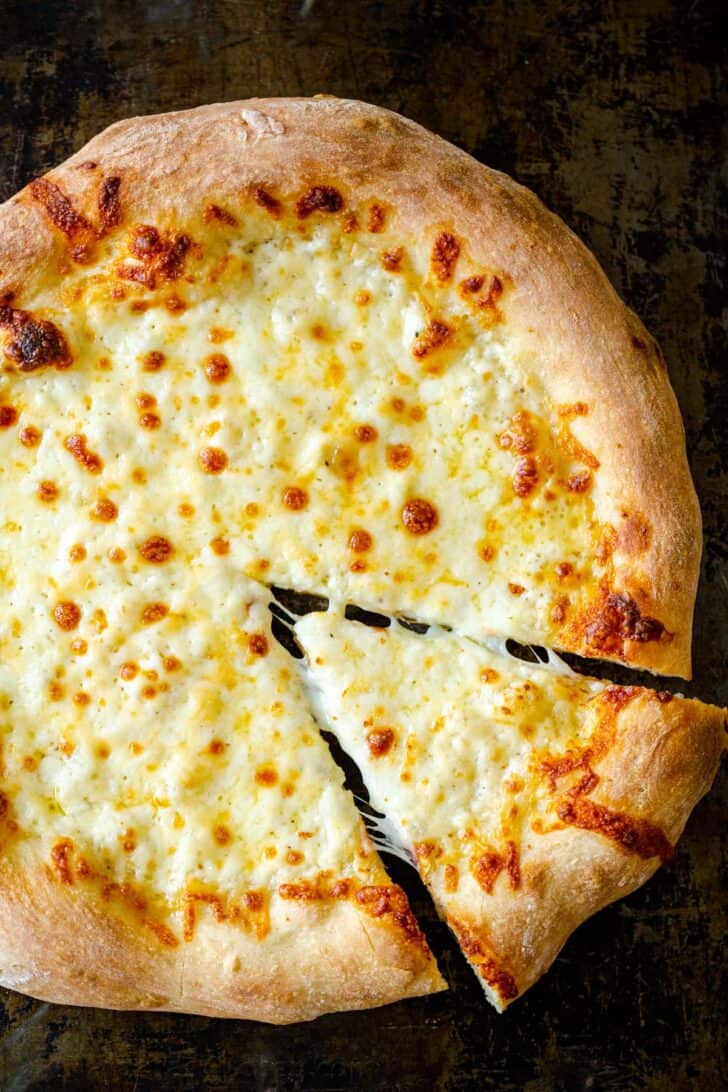
Image Credits: Natashaskitchen.com
Bread flour has a high protein content of between 11-13%, so if you use it in making your pizza dough, it results in a stretchy dough that is less likely to tear. As a result, your pizza will be chewier and more like a bread-like pizza crust.
3. Use the Caputo Tipo 00 Flour for a Crispy, Chewy Pizza Crust

Image Credits: natashaskitchen.com
00 flour is finely ground Italian flour that has 12% gluten content. Additionally, most Italian restaurants use traditional flour to make Neapolitan-style pizza.
Its gluten content is similar to bread flour, so its pizza crust will also be chewy. The only difference it has with other flours is that it is made with durum wheat, while others are made with red winter wheat.
00 flour produces a stronger pizza dough than all-purpose flour since it has a higher gluten content. However, the dough is less elastic than that of bread flour. Therefore, using this flour in making your pizza dough gives a balance of crispiness and chewiness in your crust.
4. Use Whole Wheat Flour for the Nutty Pizza Crust

Image Credits: crazyforcrust.com
Whole wheat flour has a gluten content of around 14%.
If you use this flour to make your pizza dough, you will get a dense, overly chewy pizza crust. However, you can combine it with any of the above options in a ratio of 1/4 or 1 cup of whole-grain wheat flour to 1 cup of white flour to achieve a nutty whole-wheat flavor with a grain texture.
5. Use Almond Flour to Achieve a Thin, Gluten-Free Pizza Crust
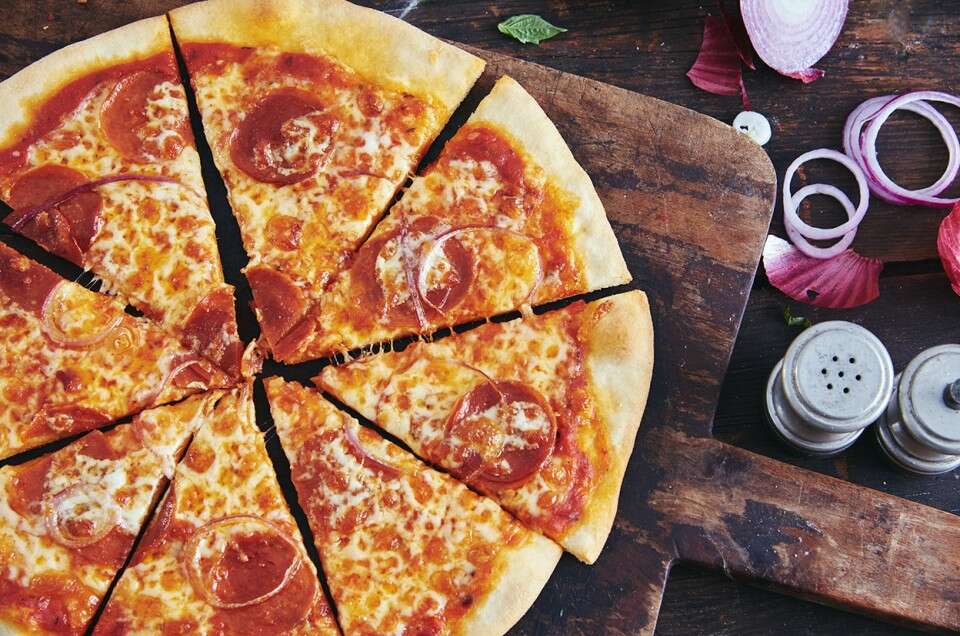
Image Credits: kingarthurbaking.com
If you want a gluten-free flour blend, you should use almond flour. It produces a thin crispy crust and does not stretch like gluten-containing flour. Using gluten-free flour in making your pizza results in a crust with raised chewy edges.
These pizza flours have a formula that mimics the protein and gluten content of traditional gluten-containing flours like the 00 flour, bread, and all-purpose flour.
Types of Flour
Knowing the types of flour for pizza to use in achieving different crusts is important. These flours have different characteristics, including their strength and absorption, which are the main parameters to consider while preparing pizza.
Before kneading your pizza dough, you can transform the wheat grain flour into white flour through successive steps. The more you sift your wheat flour, the more refined it gets. According to the refining grain rate, you can distinguish wheat flour in five forms which include "00", "0", "1", "2," and whole wheat flour.
These wheat flour types gradually increase in bran and germ quantity in ascending order from "00" to whole wheat flour. This explains why 00 flour is the most refined, as it comes from the inner part of the wheat grain. Type 2 flour is similar to whole wheat flour and contains some milled grain.
White and soft flours undergo intensive sifting and are rich in starch. On the other hand, flours that are only sifted once are often darker and rich in fiber, vitamins, proteins, fats, and enzymes since they contain most external parts of the wheat grain.
1. Flour “00”
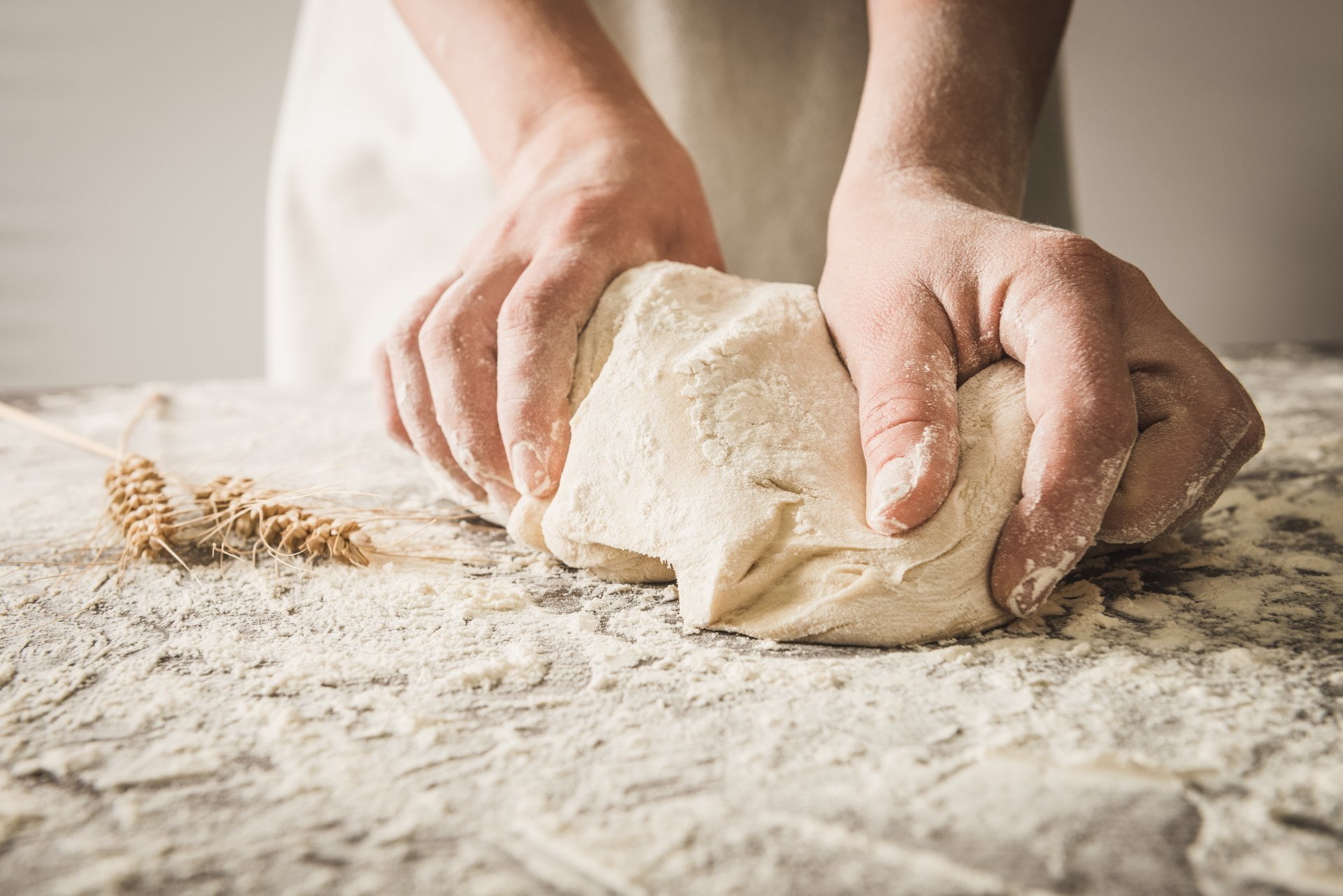
Image Credits: finedininglovers.com
00 flour is the most refined flour for making pizza dough. Experts make it by using a modern milling process and passing it through steel cylinders. It is refined by removing all the wheat grain's best parts, degrading it nutritionally.
The milling process discards its bran, fibers, wheat germ, vitamins, mineral salts, and amino acids, making it whiter and easy to work with. All that it is left with is starch and less gluten content.
This flour is mostly used in making pastries as it is considered pure and easily digestible. It also allows better kneading and has a short processing time.
2. Flour “0”
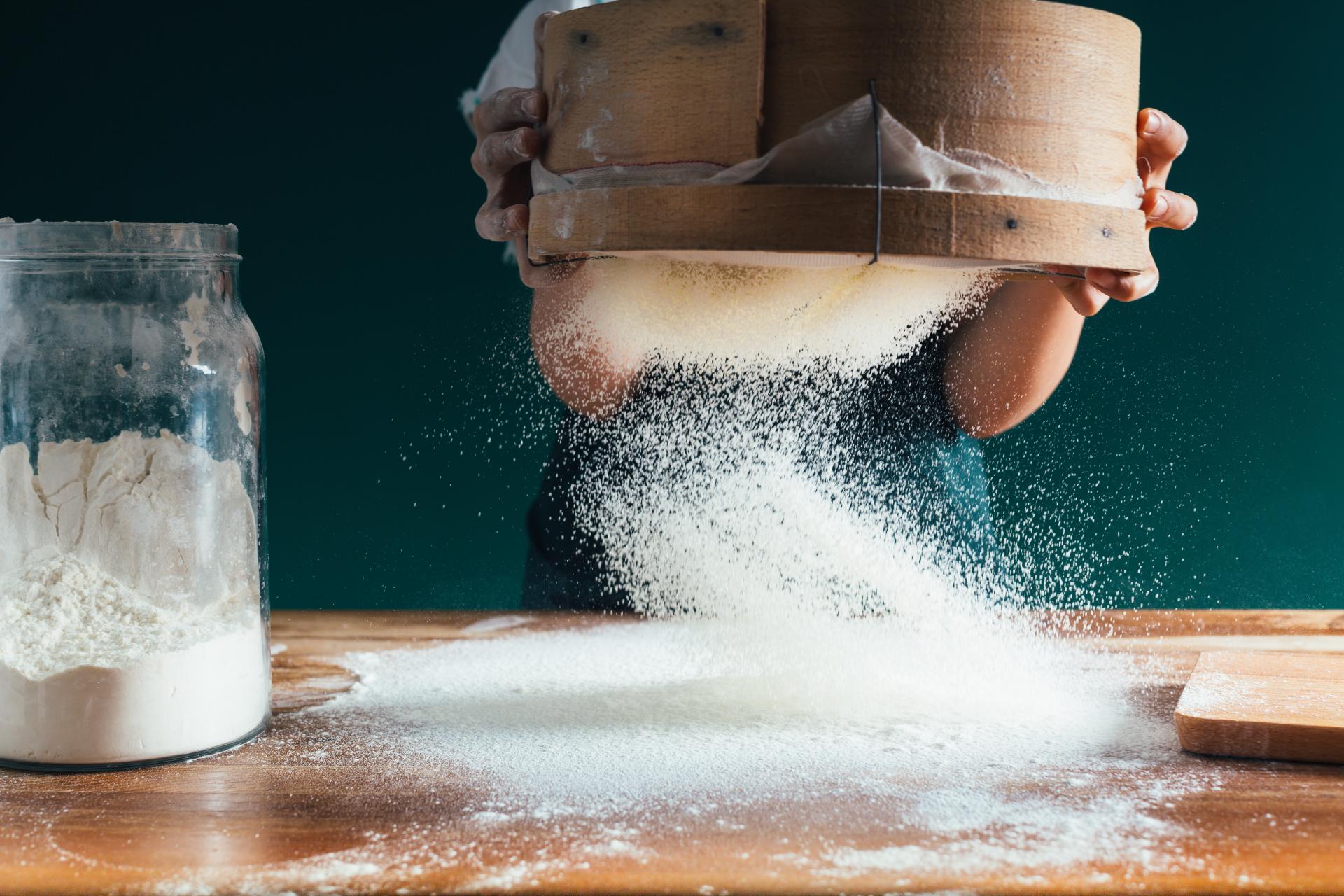
Image Credits: finedininglovers.com
"0" flour is less refined than the"00" one. It is also deprived of most of the whole grain nutritive elements. However, it is rich in proteins and has a higher gluten content than the "00" type.
3. Flour “1” and “2.”
Flour 1 and 2 are quite similar, but we differentiate them by the size of the grains that can pass through the sieve while sifting. The wheat is milled without eliminating any part. Then you can sift the flour using a sieve to separate it from the granules.
Type 1 flour contains a smaller quantity of bran and wheat germ that you can remove because they are bigger by sieving.

Image Credits: spoonsnspice.com
Type 2 flour is also known as semi-integral flour, and its granules characterize it. It has more fiber components and seed germ than the 00 and 1 flours. As a result, it has the best nutritional value and is easier to work with than whole wheat flour.
4. Whole Wheat Flour
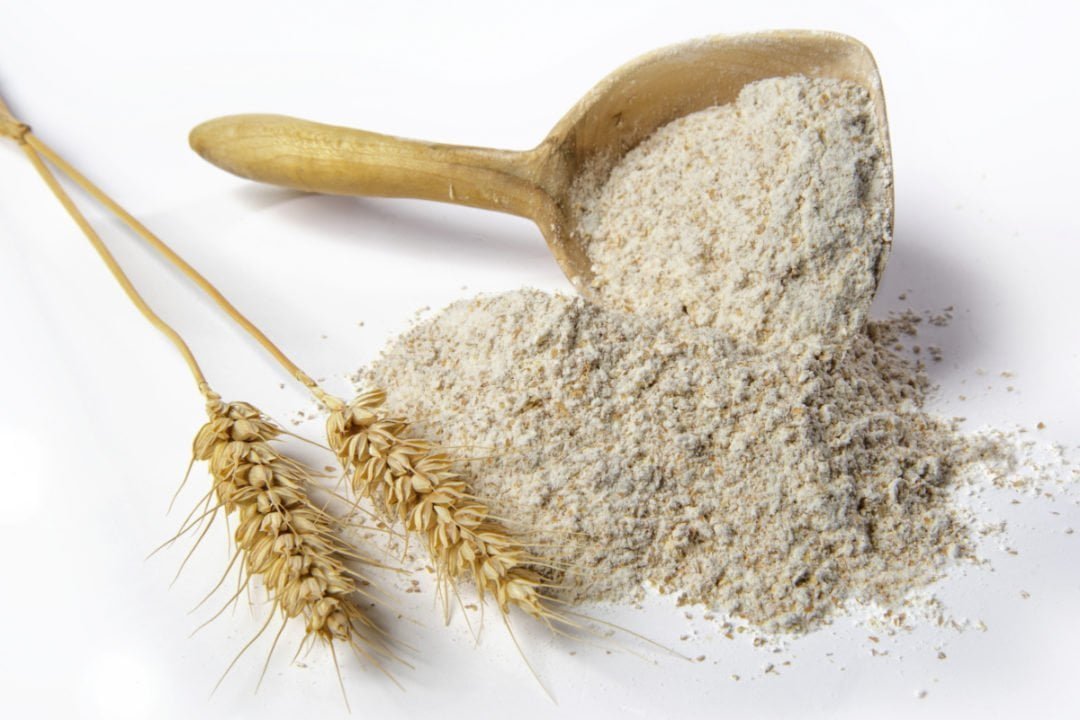
Image Credits: adobe stock
Whole wheat flour has the best nutritional value, especially if it is stone milled. Millstones are the best for milling wheat since they work fast and do not over-grind flour. They leave the wheat flour intact with its nutritive benefits. Although pizza is a healthy meal, pizza made from whole wheat flour is healthier than one made from regular white flour.
They keep all the nutrients in the germ, such as minerals, amino acids, and vitamins. They also contain bran which has a lot of fibers.
Whole wheat is more difficult to work with for two reasons. To begin with, the grain size does not allow the gluten to bind easily.
Moreover, although these flours are high in gluten content, they do not leaven since they have high bran content. So if you use whole wheat flour to make your pizza dough, your dough can tear easily. Your pizza dough will be stretchy. Let's look at the best flour types for achieving different styles of pizza.
1. Best Flour for New York-Style Pizza: 00 Flour
New York-Style pizza has a thin crust that is perfectly crispy and not too soggy. The texture holds its own against the wet sauce and the cheese with the additional toppings. You need to use the finest flour to get an easy time while kneading and shaping your thin crust to achieve crispiness.
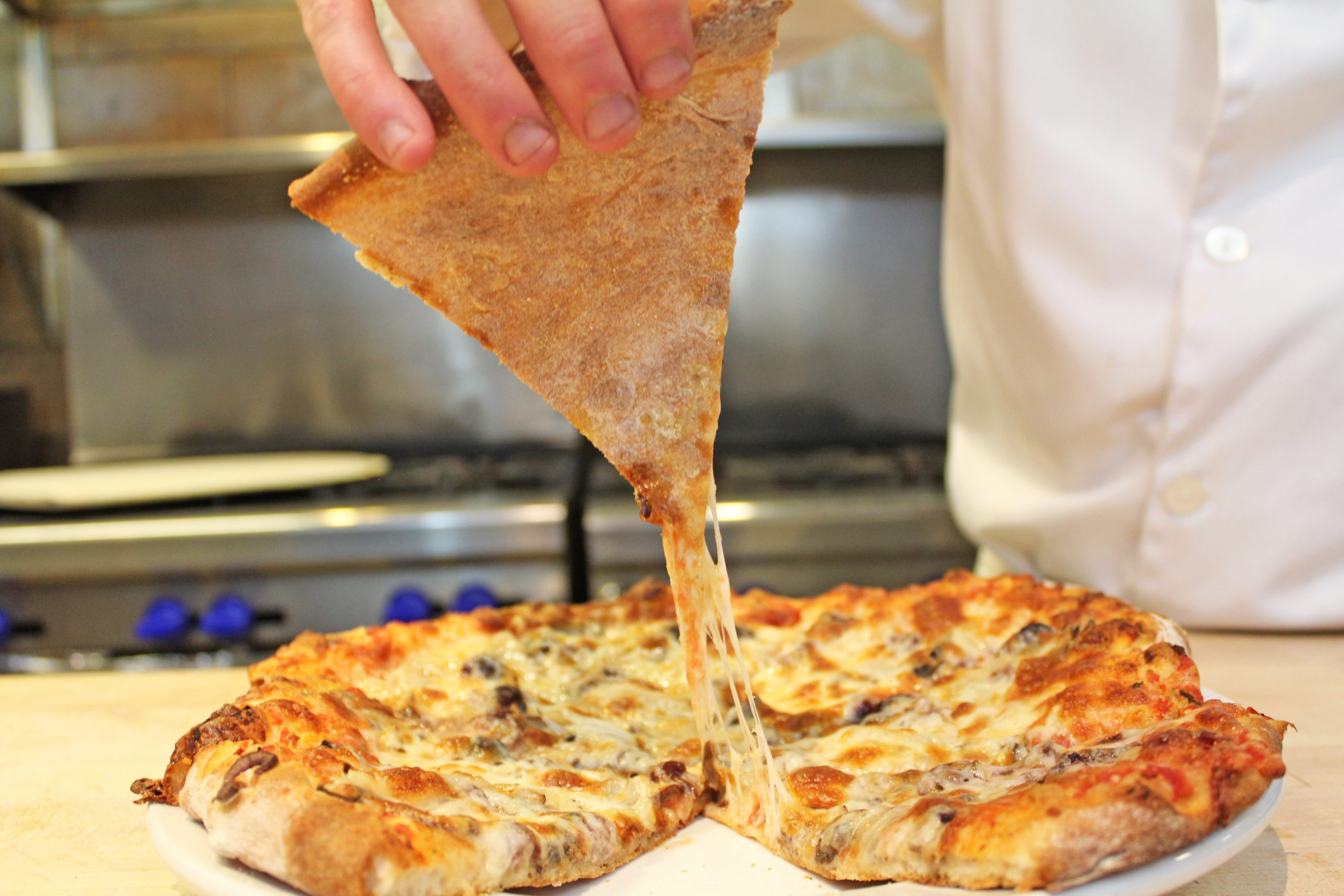
Image Credits: Stellaculinary.com
The New York-style pizza has a higher cheese and sauce ratio than other types. That is why you use the finest flour to achieve an elastic dough with minimal thickness. The thickness prevents the pizza from being soggy while retaining its crispy texture.
The 00 flour is the best for achieving this. Still, you will have to knead it more to make it more stretchy. More kneading time increases its elasticity so that you can shape the dough properly. It also contributes to the thickness and texture of your crust.
2. Best Flour for Chicago-Style Pizza: All-Purpose Flour
To achieve the Chicago-style pizza, you need to do a lot of kneading and use flour with a higher gluten content for its taste and texture. Chicago-style pizza resembles a pie, and it needs the right flour for it to form its shape in the pan.
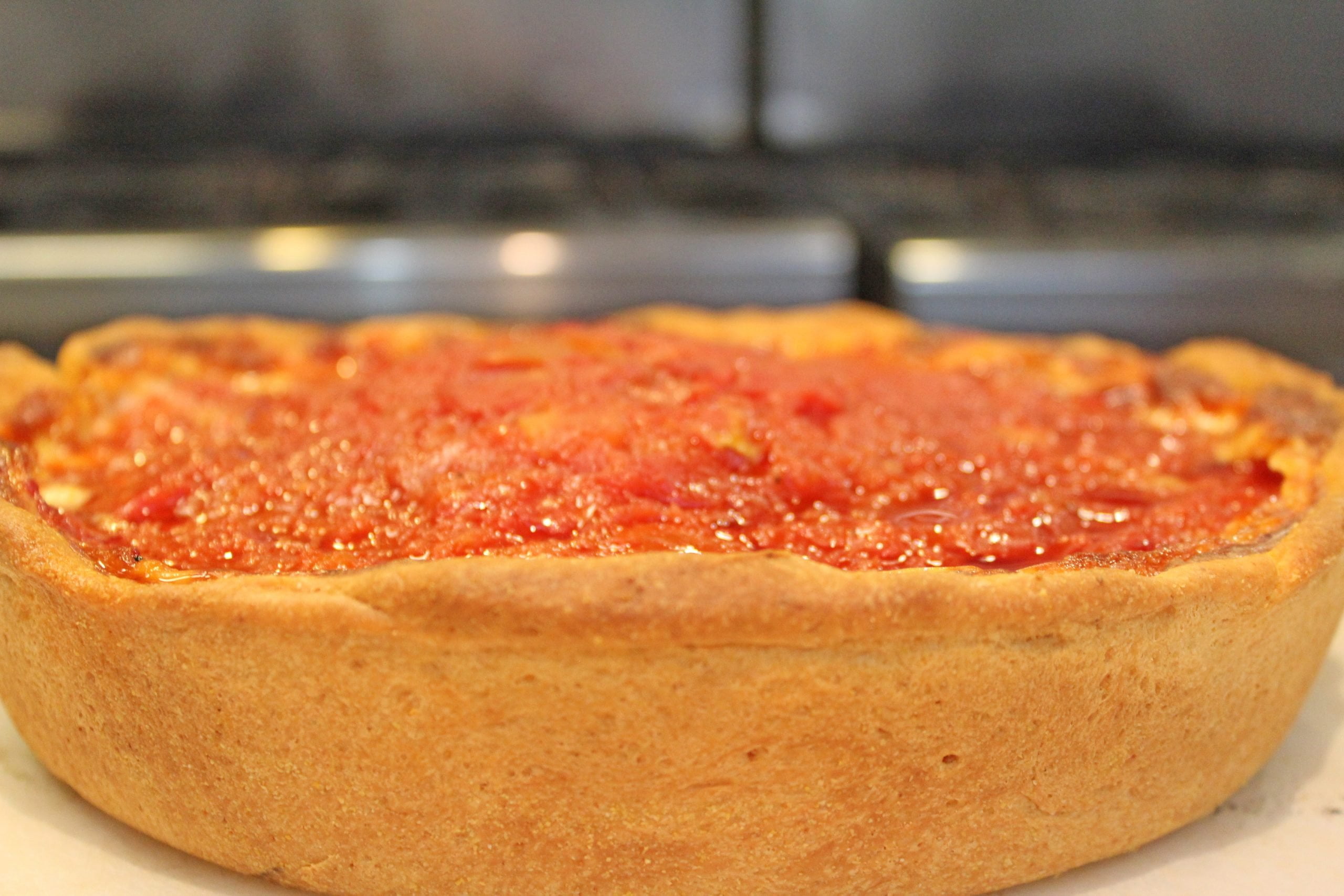
Image Credits: stellacullinary.com
In addition, it requires a lot of toppings, so you must use a lot of flour to absorb liquids oozing from the pizza sauce and the juice from the meat. The all-purpose flour is the best for preparing Chicago-style pizza. If you give it more kneading time, you will achieve a perfect dough ball for shaping into the deep dish pan.
The kneading and shaping of the dough determine how the crust rises in the oven. If you do the process right, your dough will give you the perfect pizza crust with a light and airy texture.
An alternative to all-purpose flour is whole wheat flour, which is high in protein content and has a stiffer texture for shaping into a deep dish pan. It has the same kneading, baking temperature, and tie as all-purpose flour. The flour also achieves a thick pie crust needed for this type of pizza.
3. Best Flour for Neapolitan-Style Pizza: All-Purpose Flour
Neapolitan-style pizza is originally from Naples, Italy. It has a thin crust with a recipe similar to New York-style pizza. Neapolitan pizza dough has a finer texture since you need to sieve it once or twice before kneading to achieve that texture.
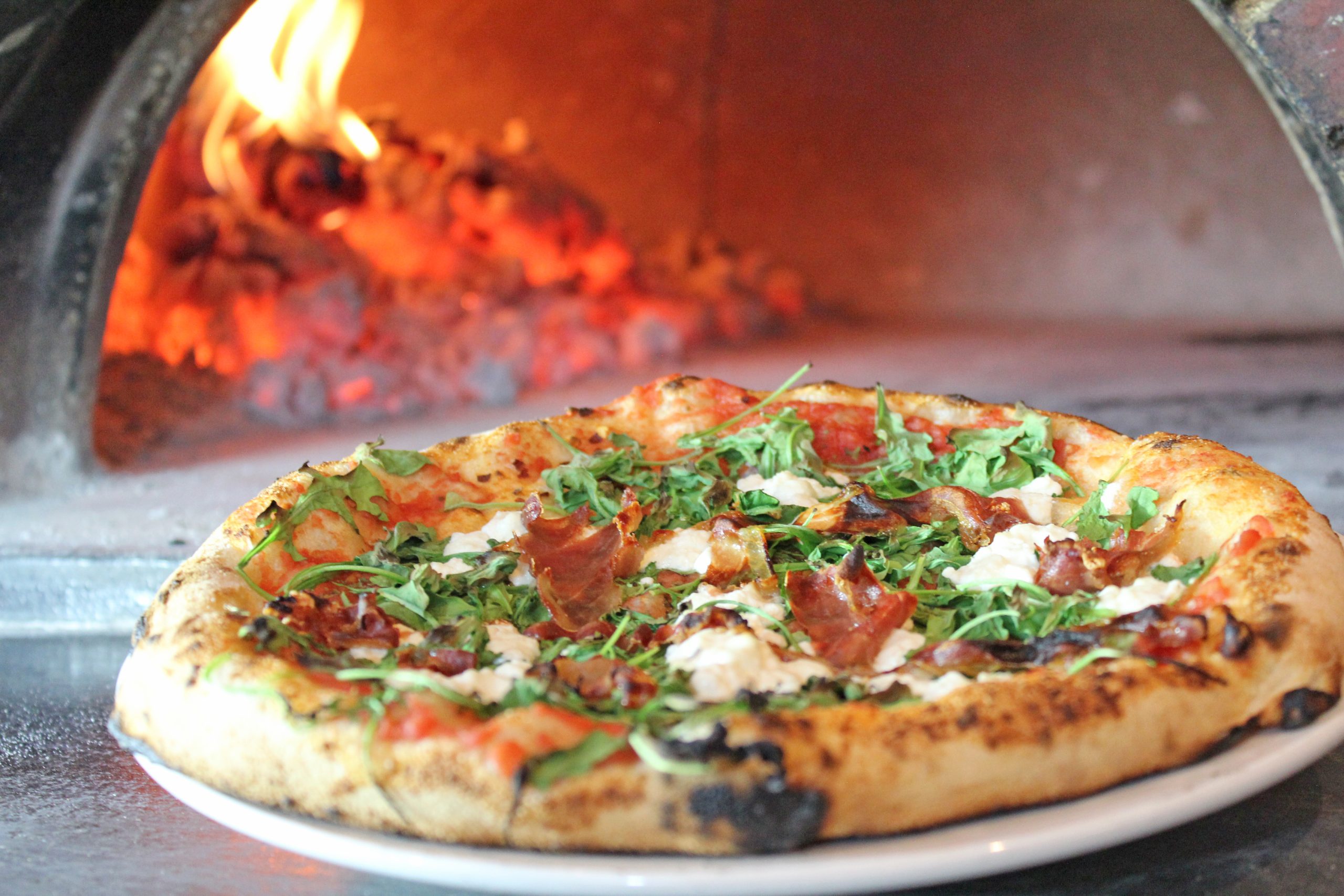
Image Credits: stellacullinary.com
You also do need to add extra yeast to the dough since it is less likely to rise. You can use the 00 flour or all-purpose flour for dusting since it enhances the taste and texture.
The best flour for Neapolitan pizza is all-purpose flour, but you will have to knead it longer to make it more stretchy and achieve its thin crust and crispy texture. It would help if you also ran the all-purpose flour through a sifter to get the crust's fine, coarse, thin texture.
Due to the thin size of Neapolitan pizza crust, most people prefer eating it with a fork and knife.
It would help if you also were keen on temperatures while baking this pizza, as it has a thin crust that can burn easily. This is why it is baked mostly in a wood-fired or coal-fired pizza oven, as it requires a shorter time to cook. Also, you can go through the history of authentic Neapolitan pizza to see what makes it unique.
4. Best Flour for Sicilian Pizza: Bread Flour
The Sicilian pizza style has a thick and sponge-like crust. Bread flour is the best for achieving this type of crust due to its gluten content. It gives the crust a soft texture. You need to let the dough proof in the pan before applying the toppings. Avoid putting a lot of toppings since your crust may collapse. You can also cook your pizza dough before adding your toppings to prevent your dough from collapsing.

Image Credits: seriouseats.com
To develop the spongy texture, you can run the flour through a sifter to give you an easy kneading time.
5. Best Flour for Pan Pizza: All-Purpose Flour
Pizza Hut is famous for making pan pizza. They focus on making a crispy pizza crust. First, they make the dough using the Sicilian dough kneading process. Then, they let it rise and proof it in a pan that is greased with butter.
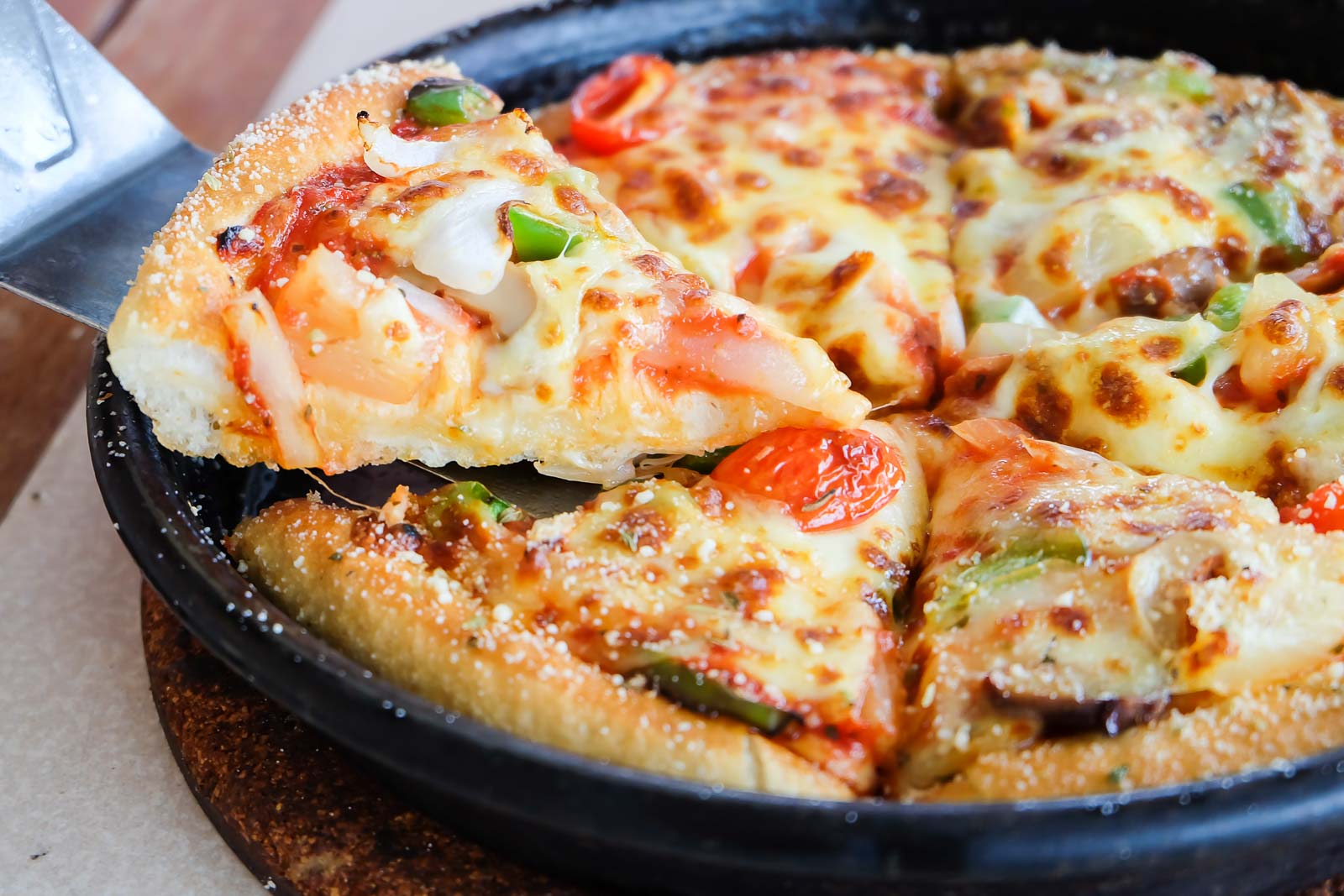
Image Credits: archanaskitchen.com
You can make your pan pizza just like an Italian family by using the all-purpose flour, but you will have to knead it, shape it and bake it for longer if you want it to rise and have a similar crust texture to the Sicilian pizza.
6. Best Flour for California-Style Pizza: 00 Flour
California pizza has a thin crust and can hold a lot of toppings. Its crust type is determined by its kneading time and the type of flour you use. The 00 flour is the best for California-style pizza as it has a finer granular texture and perfect protein content for kneading and shaping.

Image Credits: slicelife.com
Its high-temperature resistance and low baking time prevent vegetables from overcooking since the liquid they produce may lead to a soggy crust. For best results, ensure you use the best California pizza stone for baking your pizza.
You can also use rice flour as an alternative, as making pizza with gluten-free flour is common.
Featured Image Credits: Kitchenseer.com



